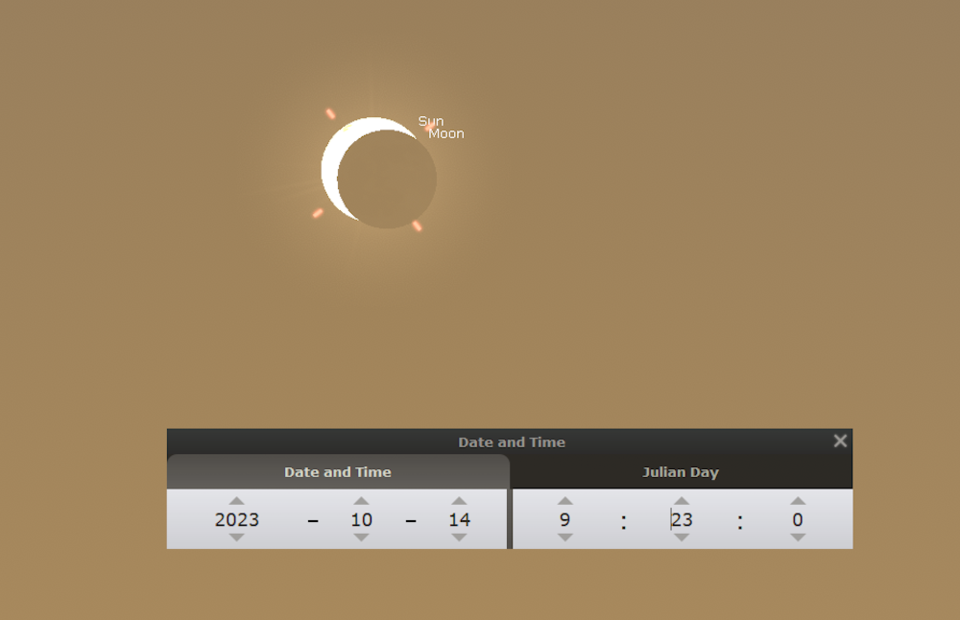The Autumnal Equinox occurred at 23:49 Sept. 22 and the next day’s grand re-opening of the Sunshine Coast Astronomy Club observatory on the first full day of fall was a very splashy celebration. That was in no way a figure of speech; after weeks of lovely clear evenings, a seasonal North Pacific low-pressure system rolled in and soaked the site and celebrants with about 10 mm of liquid sunshine. Remarkably, all of the invited dignitaries managed to dodge the raindrops.
Many thanks to Shift, who provided an amazing charcuterie board loaded with yummies. Seriously, you could float two toddlers and a golden retriever on that thing if the surf were low! Clayton’s provided drinks and an amazing chocolate cake and Starbucks kept our caffeine levels safely above minimums. Independent and the Dollar Store also assisted with various supplies and we were graced with reps from Eastlink TV and the Coast Reporter. Our sincere thanks go to everyone for their help in making this event a success.
October opens with some lovely planetary views: Mercury and Venus are low but bright in the east. At 06:30 on Oct. 1, Orion is due south about halfway up to the zenith, Procyon and Sirius are respectively left and lower left of that and even farther left about 30 degrees above the horizon in the ESE is Venus, looking like an aircraft landing light! Down and left of Venus, about 5 degrees above the horizon, is Mercury, which is swinging back around the sun after its latest western elongation. Mercury is always challenging, not because it’s not bright but because it’s always close to the sun and moves so quickly; miss it and it’s gone in a couple of days.
Also at the start of the month is Jupiter, high and bright at -2.9 magnitude and about 10 degrees above and left of the just-past full moon, and glorious for the entire month. Saturn is visible in the SE just after sunset and stays visible most of the night. For those with some serious equipment, Uranus is visible in Jupiter’s direction and Neptune is out past Saturn. The only planet we can’t see now is Mars; it’s just about at superior conjunction – on the opposite side of the sun – on Nov. 17. As such it’s just too close to the sun’s glare to see. Coincidentally, very close to Mars’ direction is Comet C/2023 P1 Nishimura, which passed perihelion Sept. 17, well inside the orbit of Mercury. It’s about magnitude 4.0 which is not spectacular – not like Neowise in 2020 – but respectable. There’s a lovely photo in the Astronomy Picture Of the Day (APOD) site archive for Sept. 11. Unfortunately, it’s like Mars – too close to the sun to be seen.
I think it’s actually a good thing that Mars is out there on the other side of the sun, away from us and all the other planets; something’s got to keep the solar system in balance. Who knows what might happen with all the planets (and weight) on one side? Sort of like that U.S. Rep from Georgia who questioned the Commander of the Pacific Fleet in a House Armed Services Committee meeting about the impact of U.S. troops on the island of Guam. He was quoted as saying, “My fear is that the whole island will become so overly populated that it will tip over and capsize.” I say we can’t be too safe, right?
Weather permitting, the most interesting astro-event in the month may occur on the morning after our monthly meeting, which will be Oct. 13 at the Sechelt Public Library at 19:00. The next day, after sunrise at 07:38 and just south of due East, the new moon will begin to pass in front of the sun starting at 08:08. By mid-eclipse at 09:22, just over 80 per cent of the sun’s disc will be occluded, then decreasing until the end of the partial eclipse at 10:38. For us, it will be a partial because we’re a bit north and east of the eclipse track. As well, this is only an annular eclipse, whereby the moon’s apparent diameter is just less than that of the sun; at the centerline of the track, the sun will appear to be a thin ring surrounding the black near face of the moon. Weather permitting, the Astronomy Club will be setting up some solar scopes and will have eclipse viewing glasses available along the Boulevard between the Driftwood Inn and Snickett Park.
At our Sept. 13 meeting, The Sky This Month will be presented and please check the club website at: sunshinecoastastronomy.wordpress.com/ for the subject of the guest lecture. Refreshments may include coffee, cookies and carrot cake.



.png;w=120;h=80;mode=crop)
